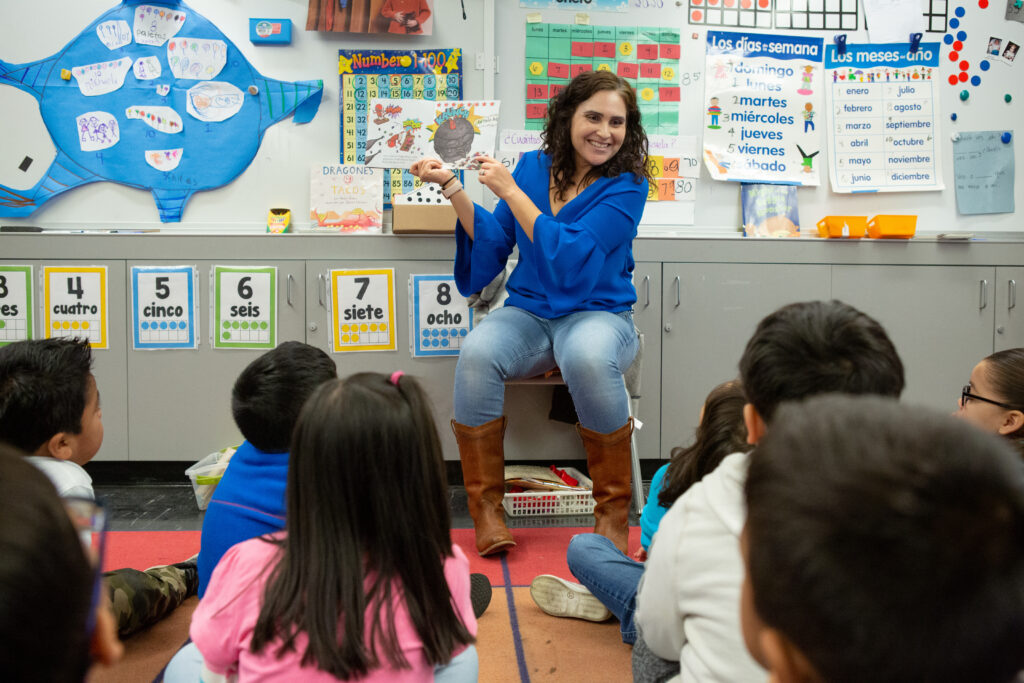key takeaway
Most of the growth in preschool-age enrollment comes from expanded TK programs, while access for 3-year-olds remains limited due to eligibility and availability constraints.
Participation in early childhood education programs supports children’s development and contributes to improved outcomes into adulthood, particularly for children from households with low incomes. Early childhood education programs also play a critical role in enabling parents and caregivers to work. In California, a mix of publicly funded programs provide preschool-age children with these foundational opportunities. However, in addition to meeting eligibility requirements, access and participation often depend on whether families can overcome barriers to enrollment and whether available options align with their needs and preferences.
This analysis examines enrollment trends across all publicly funded early childhood education programs in California serving 3- and 4-year-old children from 2021-22 to 2022-23, with a focus on understanding how participation has shifted across these age groups.
Program expansions, policy changes, and family preferences, among other factors, have shaped enrollment in recent years. Overall participation of 3- and 4-year-olds increased from 2021-22 to 2023-24, as shown in the table above. However, behind this growth are important differences by age and program type.
- 4-year-old enrollment grew more slowly than 3-year-old enrollment in most programs. This is especially notable in child care and development programs, where enrollment for 3-year-olds grew by 56% from 2021-22 to 2023-24, possibly reflecting slot expansion in recent years. By contrast, enrollment for 4-year-olds only grew by 35%, with some programs experiencing declines. This slower growth among 4-year-olds may reflect a shift toward Transitional Kindergarten (TK). While growth for 3-year-olds is promising, it still falls short of meeting the need because only 21% of eligible 3-year-olds were served in 2023-24.
- Growth in preschool programs was uneven, with TK driving most of the increase. From 2021-22 to 2023-24, total enrollment in preschool programs — including TK, State Preschool, and Head Start — all grew, but most of the increase was due to TK, where 4-year-old enrollment doubled. State Preschool saw modest gains in 3-year-olds, especially in full-day programs, but 4-year-old enrollment declined in part-day settings by about 9%. Head Start enrollment for 4-year-olds dropped by nearly 5,000 children, reflecting the workforce challenges and low-pay for educators. However, the program still served nearly 48,000 preschool-age children in 2023-24, underscoring its critical role in California’s early learning system and the need to pay early educators a fair wage.
These enrollment shifts illustrate how families are making use of available preschool options, often shaped by eligibility requirements, availability, and trade-offs between different program types. The expansion of TK has possibly contributed to slower growth or even declines in 4-year-old enrollment in other programs. At the same time, while increases in enrollment among 3-year-olds are meaningful, they remain below the need, indicating that many families still lack access to available programs.
As California continues to expand access, it is essential for policymakers to understand the distinct role that each program plays in the landscape and ensure that investments support a range of options that reflect the needs of families.



